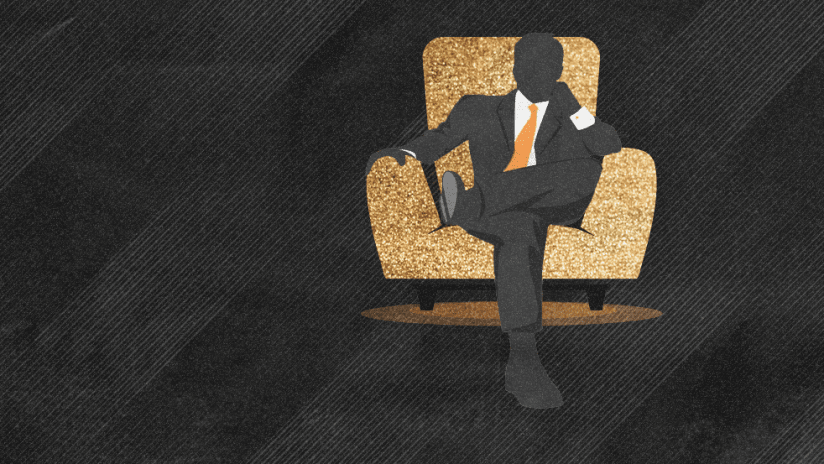Let's just start in the most obvious place: This is Tim Howard on July 1, 2014:
I had thought of about eight different ways to start this "Tim Howard is retiring after the 2019 season, how do we send him off properly?" column, and kept coming back here. Because any retrospective of Howard's career is going to naturally arrive at that night in Salvador with the US men's national team, which has to be considered his apex.
Howard made 15 saves that day against a very, very good Belgium side. He broke the previous World Cup record for saves in a game, and his new mark still stands. The US rather memorably lost 2-1 after extra time. Without an A+ performance in net, they would've been down about 4-0 by halftime.
It was the second time in four games that tournament that he was named Man of the Match. Howard was a monster for the USMNT that summer. He crested 100 career caps and kept the US – who played like minnows for the duration of the tournament – in games that they could've/should've lost by multiple goals.
Like many great players across all sports, he ended up holding on a little bit too long. But let's not forget what Howard did to earn himself that much rope in the first place.
He was also a groundbreaking player in terms of his career path. Folks don't really talk about this much, but they should: Howard was basically an academy signing before MLS academies existed. He'd been both a local high school star and a starter for the 1995 US U-17 national team, and then signed with the North Jersey Imperials of the lower-level USISL. Their head coach, Tim Mulqueen, was the MetroStars' goalkeeper coach.
Howard did not go to college. He went straight from the USISL to Metro as Mulqueen brought him along and developed him over the course of three seasons before Howard became a starter.
- By 2001, at age 22, he was the MLS Goalkeeper of the Year.
- In 2002 he made his USMNT debut.
- In 2003 he was sold to Manchester United for $4 million, what was then a record for a US player.
- In 2004 he won the FA Cup.
- In 2006 he moved to Everton and was an EPL starter for a decade.
He suited up 414 times for the Toffees, finishing as high as fifth in the table (three times), making it as far as the FA Cup final (2009 – they lost to Chelsea) and making five trips to European competition. He is a legend on the blue side of Liverpool, and justifiably so.
When that was finished, Howard then came back to MLS with the Rapids in 2016. Job done.
This is basically the path that every MLS and USMNT/CanMNT fan wants to see their local talents take, and what we're celebrating from the likes of Alphonso Davies, Tyler Adams and (soon) Zack Steffen. Howard did it – he created the blueprint – two decades years ago. He lived it. He made himself, the USMNT and MLS better by doing so.
His farewell tour is well-earned.











